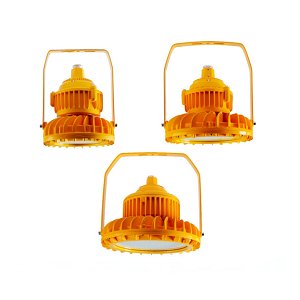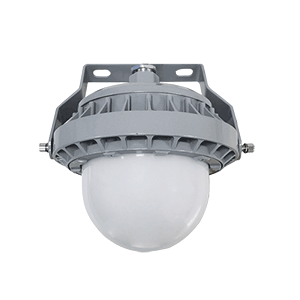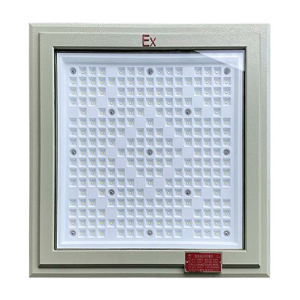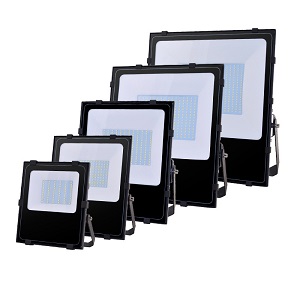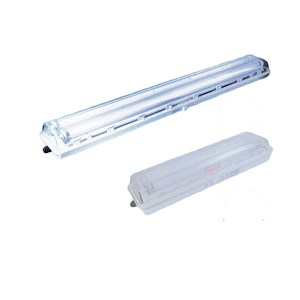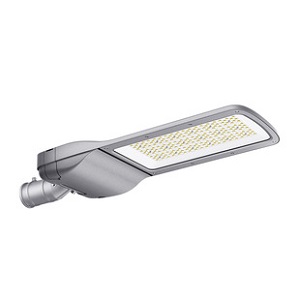Explosion Proof Fluorescent Lamps: Features, FAQs, and Installation Guide
Key Features of Explosion-Proof Fluorescent Lamps
- Robust Metal Housing: Constructed from pressed steel plates for high strength and impact resistance. The lamp cover is made of polycarbonate, offering excellent transparency and durability against impacts.
- Advanced Sealing Design: Utilizes a labyrinthine sealing structure to ensure superior waterproof and dustproof performance (IP rating compliant).
- Specialized Ballast: Equipped with a customized explosion-proof electronic ballast, achieving a power factor of COS > 0.85.
- Built-in Safety Mechanisms: Features an automatic power cutoff when the lamp is opened, enhancing operational safety.
- Emergency Backup Option: Supports integration with emergency power systems, automatically switching to emergency lighting during power outages.
- Flexible Installation: Compatible with conduit or cable wiring systems.
Applications of Explosion-Proof Fluorescent Lamps
Designed for hazardous environments, these lamps are ideal for:
- Zones 1 & 2 in explosive gas atmospheres (Class IIA, IIB, IIC).
- Areas 20, 21, & 22 in combustible dust environments.
- Petrochemical plants, oil refineries, gas stations, and other flammable industrial settings.
Installation Steps
Explosion-proof fluorescent lamps support wall-mounted, ceiling-mounted, or suspended installations. Key steps include:
- Unlock the Housing: Open the external latch and lamp cover for wiring access.
- Secure Cabling: Tighten cable glands with sealing rings to maintain explosion-proof integrity. Seal unused ports with nuts.
- 접지: Connect the lamp’s grounding terminal to a reliable earth system before powering on.
- Battery Prep (Emergency Models): Charge the backup battery fully before initial use.
Safety Note: Always disconnect power before maintenance. Regularly inspect seals and replace aging components.
Common FAQs
Q1: How to clean the lamp?
- Wipe the surface with a damp cloth (power off). Avoid dry cloths to prevent static buildup. Do not spray water directly.
Q2: What if the lamp discolors?
- Discoloration indicates plastic aging. Check for cracks, loose protective mesh, or moisture ingress. Replace damaged parts promptly.
Q3: How to handle a broken light source?
- Turn off the lamp immediately to prevent damage to the ballast. Replace the tube with a compatible model.
Q4: Maintenance schedule?
- Regularly inspect explosion-proof joints, seals, and insulation. Replace hardened seals or deformed components.
Buying Guide: How to Choose the Right Explosion Proof Fluorescent Lamps
- Certifications: Ensure compliance with explosion-proof standards (e.g., ATEX, IECEx) and check for “x” markings indicating special usage conditions.
- Environment:
- Outdoor use: Minimum IP43 rating.
- Color-sensitive areas: Avoid high-pressure sodium or mercury vapor lamps (poor color rendering).
- Types:
- Traditional Fluorescent: Uses low-pressure mercury vapor and phosphor coating.
- Electrodeless Fluorescent: Generates UV via discharge, exciting phosphor without electrodes.
- Documentation: Review product manuals and labels for zone compatibility, wattage, and emergency features.
Optimized for Safety & Performance
Explosion-proof fluorescent lamps combine durability, advanced safety features, and adaptability for high-risk environments. Regular maintenance and proper installation ensure long-term reliability. Always prioritize certified products and consult technical specifications for your specific application.


